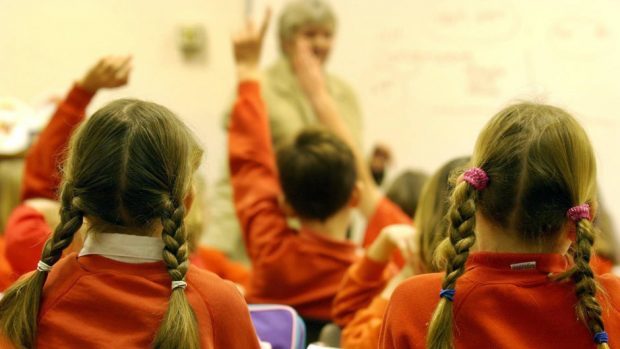More pupils have been excluded from schools in Aberdeen than from any other area of Scotland over the past year.
New Scottish Government figures have highlighted that an average of nearly one in 20 pupils in the city were excluded during 2016-17.
This was more than twice as many youngsters as those who suffered the same punishment in Aberdeenshire during the same period.
However, the city council has responded that it is taking active measures to reduce the numbers in the future.
However, Manor Park School topped the list for temporary exclusions among Scottish primary schools, while Harlaw Academy came second in the standings at secondary level.
The findings differed starkly across parts of the north and north east of the country, with Aberdeen recording a figure of 47.6 exclusions per 1,000 pupils.
This fell to 23.8 in Aberdeenshire and 22.7 in Highland, although it increased to 33.1 in Moray.
By comparison, there was little sign of a significant problem in Orkney and Shetland: the former saw just 5.2 (of 1,000 pupils) excluded, while the latter stood at 6.5.
The highest other council areas in Scotland were Midlothian (44.4), West Dunbartonshire (44.3) and East Ayrshire (43.4).
An Aberdeen City Council spokesman said: “Colleagues from across our education service have collaborated to review Local Authority policy in keeping with updated guidance from the Scottish Government.
“This has led to updated policy and guidance on how best to minimise levels of exclusion across the city.
“Since implementation of this in August 2017, we have seen a significant reduction in the levels of exclusion and we continue to monitor the impact of the policy.
“Our schools treat each individual case on its own merits in line with our own policies and procedures.
“We are satisfied that the actions we take safeguard pupils and staff and ensure the best outcomes for all including the pupil who has been excluded.”
The figures also revealed the diversity of languages spoken by pupils at schools across the region.
The main three languages used by pupils after English in Aberdeen was Polish, Arabic and Russian. In Aberdeenshire, it was Scots, Polish and Lithuanian.
In Highland, it was Polish, Scots and Latvian, in Moray, Scots, Polish and Portuguese and on Orkney, Polish, Scots and Cantonese, and Shetland, Scots, Polish and Hungarian.
